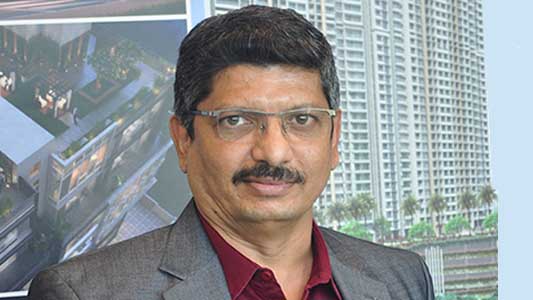The built environment can generally be described as the man-made or modified structures that provide people with living, working, and recreational spaces. It touches all aspects of our lives, encompassing the buildings we live in, the distribution systems that provide us with water and electricity, and the roads, bridges, and transportation systems we use to get from place to place.
Machines, both analog and digital, over the time have been used to help workplace designers calculate outputs of work and, indeed, to enhance work through automation. Post-COVID, business leaders are challenged to reengage a workforce in a new landscape: one that’s more digitized, roboticized, diverse, and dispersed than ever before. Most experts agree the future of artificial intelligence is the future of work. Savvy employers will deploy artificial intelligence where it can complement humans instead of replacing them. Manufacturing collaborative robots, or cobots, are poised to augment human labor. With cobots, human workers can offload repetitive tasks to robots and focus on more ambiguous, challenging work, thereby improving productivity and worker well-being.
In the construction industry, we can already see more automatic manufacturing of building parts with the increase in the number of prefabricated buildings being made. We are likely to see even more automation in the future, such as 3D printed buildings becoming more of the norm, automated bricklaying and even excavation. The advancement of AI also means that machines can now analyse the task in hand, develop an algorithm to optimise the task based on a set of parameters, and create a machine which can execute this algorithm.
With the advent of new technologies and more robotized workforce there will be drastic change in the architecture to support the built environment for machines as we see today. Data centers, automated assembly lines, telecommunication facilities, and warehouses, will all be customized to cater the needs of the mechanics of the future world. In future, architecture will not measure the parameters of human task force, the focus will shift to technical requirements of the automated workforce. Unlike that of humans, the built environment of the machines will predominantly be found at the peripheries, in the countryside, or around small towns. The trajectory of the future of architecture is shifting to the non-urban areas, it is in these areas that the fundamental transformations of the built environment is taking place.
The backstage of everyday life made up of data centers, logistics, and manufacturing will be designed and built entailing a new type of architectural space, one with different imperatives, scale and measurements. The environment for machines will be strictly temperature and humidity controlled. The emphasis on safety measures like fire suppression, physical security systems, electricity monitoring will be greater than ever before. New solutions will have to be found for disaster management and surveillance systems.
In the new age, technology is setting in motion new challenges and changes in architecture. This futuristic technological landscape must be taken up as an opportunity by the industry.












